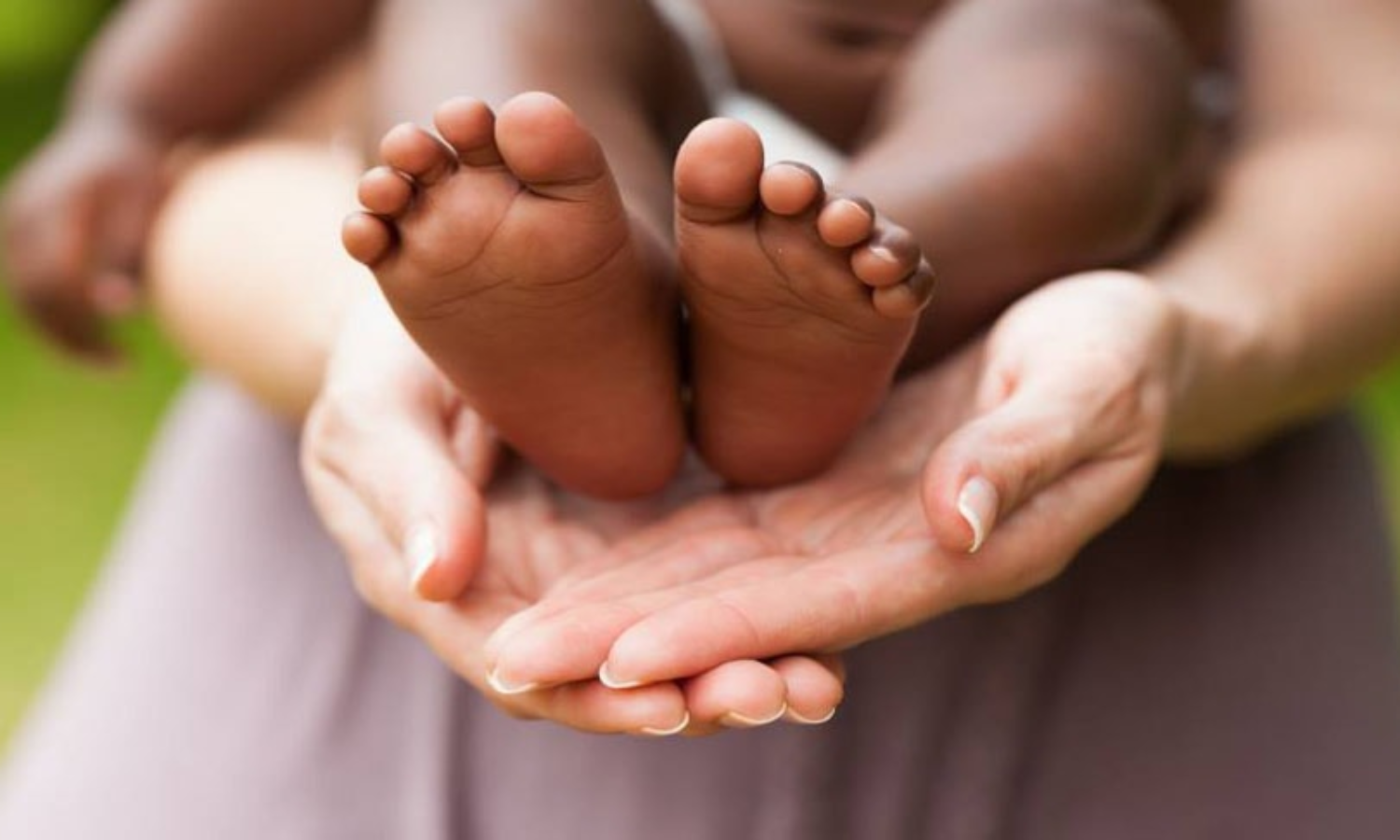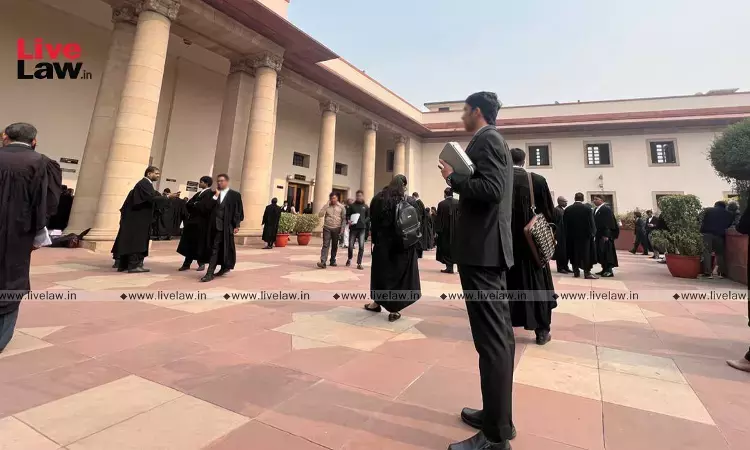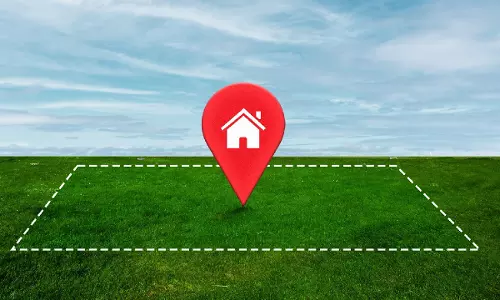Indian Adoption Laws: Endless Wait For Children Orphaned During Pandemic

The COVID 19 has given birth to the issue of legal adoption of the large number of children orphaned due to the pandemic, and protection of such orphaned and/or abandoned children from child trafficking and flesh trade. The Ministry of Women and Child Development, in response to viral messages on social media offering children for adoption, published a notice on their website on how...
The COVID 19 has given birth to the issue of legal adoption of the large number of children orphaned due to the pandemic, and protection of such orphaned and/or abandoned children from child trafficking and flesh trade.
The Ministry of Women and Child Development, in response to viral messages on social media offering children for adoption, published a notice on their website on how to protect children who have lost their parents to Covid-19. The Supreme Court of India has also stepped in to safeguard and protect the children. A vacation bench of Justices L.N. Rao and Aniruddha Bose through its order dated 28th May, 2021 has directed the district administrations to identify orphans in their areas and upload their data on the National Commission for Protection of Child Rights (NCPCR) website. Bal Swaraj, the online tracking portal of a national child rights body, has submitted details of nearly 10,000 children in the Country in immediate need of care and protection to the Supreme Court.
Orphaned children, who do not have guardians, would have to be lodged in a childcare shelter to protect and nurture them, till they are adopted. The Central Government has various schemes such as PM cares to support such children, and State Governments too are performing their share of welfare activities.
However, these schemes can in no way fulfil the emotional vacuum of children of such tender age. They will need a caring home which will nurture and nourish them. There are many childless couples who would want to adopt them, but being subjected to a long and cumbersome process of adoption is a primary deterrent.
The is a need to understand how to legally adopt a child and post-adoption inheritance rights that would vest in the adopted child. In India, there are two laws that govern adoption: the Juvenile Justice (Care and Protection of Children) Act, 2015(JJ Act) and the Hindu Adoptions and Maintenance Act, 1956. The basic difference between them is that under the latter only a Hindu parent can adopt another Hindu child, whereas the Juvenile Justice (Care and Protection of Children) Act, 2015 is applicable to all religions. Further, as per the Hindu Adoptions and Maintenance Act, 1956, if a prospective parent already has a child of the same gender, they will have to adopt a child of the other gender. The upper age limit of a child to be adopted under the Hindu Adoptions and Maintenance Act, 1956 is 15 years, and under the Juvenile Justice (Care and Protection of Children) Act, 2015, it is 18 years. Also, the Juvenile Justice (Care and Protection of Children) Act, 2015 allows for inter-country adoption. Adoptions under the Juvenile Justice (Care and Protection of Children) Act, 2015 are finalised on obtaining the Adoption Order from the Court concerned, whereas under the Hindu Adoptions and Maintenance Act, 1956 a registered deed finalises adoption, which is easier than obtaining an Adoption Order under the JJ Act.
The adoptive parents can choose only one statute for the purpose of adoption. Sub-section 3 of Section 56 the Juvenile Justice (Care and Protection of Children) Act, 2015 clearly states that nothing in this Act shall apply to the adoption of children made under the provisions of the Hindu Adoption and Maintenance Act, 1956. This provision clearly demarcates the jurisdiction of the two statutes and avoids overlapping.
The word "Adoption" has been defined under sub-section 2 of Section 2 of the Juvenile Justice (Care and Protection of Children)Act, 2015, means the process through which the adopted child is permanently separated from his biological parents and becomes the lawful child of his adoptive parents with all the rights, privileges and responsibilities that are attached to a biological child. The Hindu Adoptions and Maintenance Act, 1956 does not define adoption but Section 12 of the Hindu Adoptions and Maintenance Act, 1956, explains the effect of adoption which says, an adopted child shall be deemed to be the child of the adoptive parents. Both the Acts gives equitable inheritance rights to the adopted child, treating the adopted child as a natural-born child of the adoptive parent(s).
Under the Juvenile Justice (Care and Protection of Children) Act, 2015, a couple or a single parent can adopt an orphan / abandoned / surrendered child. As per Section 38 of the Juvenile Justice (Care and Protection of Children) Act, 2015, an Orphan, Abandoned & Surrendered (OAS) child/children has to be declared legally free for adoption by the Child Welfare Committee (Committee).
In this regard, sub-section 1 of Section 2 the JJ Act defines "abandoned child", a child deserted by his biological or adoptive parents or guardians, who has been declared as abandoned by the Committee after due inquiry. Sub-section 42 of Section 2 the JJ Act defines "orphan" meaning a child—(i) who is without biological or adoptive parents or legal guardian; or (ii) whose legal guardian is not willing to take, or capable of taking care of the child. Sub Section 60 of Section 2 the JJ Act defines "surrendered child", a child, who is relinquished by the parent or guardian to the Committee, on account of physical, emotional and social factors beyond their control, and declared as such by the Committee.
In this backdrop, one needs to understand that there are various steps that have to be followed to adopt a child under the Juvenile Justice (Care and Protection of Children) Act, 2015 read with Adoption Regulation 2017.
The category of children specified as "orphan" and "abandoned" have to be declared legally free by the Child Welfare Committee for adoption which involves social investigation, tracing of biological parents, report from the police and the statute provides a timeline for conclusion of each of these step. Thereafter, a home study is conducted of the prospective parents to check their eligibility of taking up the responsibility of adopting a child which is again a time taking process. Finally, the adoption gets completed only upon obtaining the adoption order from the Court.
For "surrendered" children the procedure of declaring them legally free by the Child Welfare Committee is slightly different because the parent or guardian wants to relinquish a child due to physical, emotional and social factors beyond their control and only after due counselling, the child can be surrendered 'in camera' and a surrender deed has to be executed for the same. Further, two months reconsideration period is given to the parents or the guardian from the date of surrender and upon expiration of two months, the Child Welfare Committee declares a child legally free for adoption. During the Covid-19 period, there are many children who have lost the patriarch of the family and it might not be possible for the mother to provide for the children and she might consider surrendering her children to be put up for adoption for their better future.
It must be borne in mind that these children cannot represent themselves and they have a right to family and any undue delay should be avoided by strictly adhering to the stipulated timelines as provided in the statute in the interest of the children.
The continued suspension of normal judicial activity due to the pandemic will lead to delay in passing of adoption orders. Since the procedure of adoption under the Juvenile Justice (Care and Protection of Children) Act, 2015 is time consuming, at this juncture, one can suggest that there has to be enforcement of strict adherence with the time schedule as provided under the statute and adoption orders can be passed through virtual courts which will expedite the process of adoption of Covid-19 children.
India has a heterogeneous population which is staunchly divided over issues of caste, religion, preference for a male child, skin colour, etc. Only those couples who cannot have a biological child of their own after trying IVF and surrogacy, or are suffering from some terminal disease which they do not want their children to inherit and, as a last resort turn towards adoption. There is a dire need to sensitise people regarding adoption which will not only provide a home to those who are already born, but will also help in stabilising population growth.
Views are personal.
The Author is an Advocate practicing at the Patna High Court.




